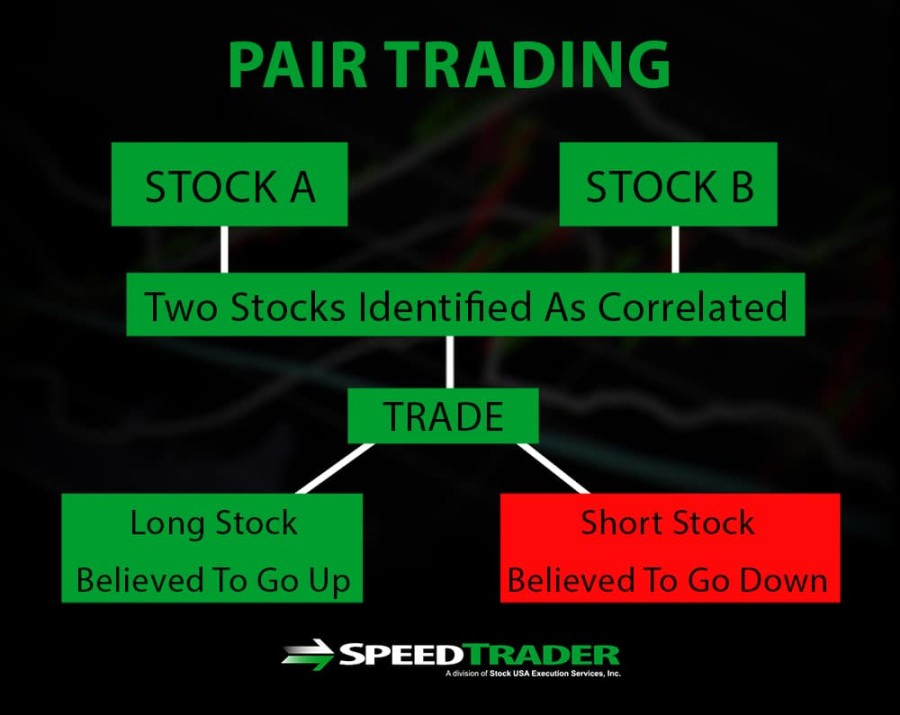Delving into the World of Pair Trading Techniques
A comprehensive guide to pair trading techniques, unraveling the intricacies of this market-neutral strategy and exploring its potential profitability.
pair trading, trading strategy, market-neutral, arbitrage, statistical analysis, correlation, cointegration, mean reversion

Unveiling the Secrets of Pair Trading Techniques: A Comprehensive Guide
Introduction
In the dynamic realm of financial markets, traders are constantly seeking strategies to exploit inefficiencies and capitalize on market anomalies. Among these approaches, pair trading stands out as a compelling technique that has garnered significant attention from both seasoned traders and aspiring market participants. This guide delves into the intricate world of pair trading techniques, equipping you with the knowledge and insights to navigate this market-neutral strategy effectively.
Demystifying Pair Trading: Understanding the Essence
At its core, pair trading is a statistical arbitrage strategy that capitalizes on the historical price relationship between two highly correlated securities. The underlying principle revolves around the assumption that these securities, despite their individual price movements, tend to maintain a relatively stable spread or price ratio over time. When this spread deviates from its historical norm, it presents an opportunity for traders to exploit the mispricing by taking a long position in the undervalued security and a short position in the overvalued one.
The beauty of pair trading lies in its market-neutral nature. This means that the profitability of the strategy is not contingent on the overall direction of the market. Instead, it focuses on the relative performance of the paired securities. As a result, pair trading can be employed in both bullish and bearish market conditions, offering a degree of diversification and potential for consistent returns.
Identifying the Ideal Pair: A Systematic Approach
The success of pair trading hinges on the careful selection of securities that exhibit a strong historical correlation. This correlation indicates the degree to which the prices of the two securities move in tandem. A high positive correlation suggests that the securities tend to move in the same direction, while a high negative correlation implies that they move in opposite directions.
To identify suitable pairs, traders often employ statistical analysis techniques, such as correlation coefficient analysis and cointegration tests. These tools help quantify the strength of the relationship between the securities, providing valuable insights into their potential for successful pair trading.
In addition to statistical analysis, traders may also consider fundamental factors, such as industry similarities, business models, and market capitalization, when selecting pairs. These factors can further enhance the understanding of the relationship between the securities and potentially refine the pair selection process.
Executing the Trade: Capitalizing on the Mispricing Opportunity
Once a suitable pair has been identified, the trader can execute the pair trade by taking a long position in the undervalued security and a short position in the overvalued one. The size of the positions is typically determined by the trader’s risk tolerance and the perceived magnitude of the mispricing.
The entry point for the trade is often based on the spread between the prices of the paired securities. When the spread deviates beyond a certain threshold, typically defined as a number of standard deviations from its historical mean, the trader may enter the trade.
The exit strategy for pair trading typically revolves around the mean reversion principle. This principle suggests that the spread between the paired securities will eventually revert to its historical mean. As the spread narrows, the trader exits the trade, locking in profits or minimizing losses.
Considerations for Effective Pair Trading: Navigating the Challenges
While pair trading offers the potential for consistent returns, it is not without its challenges. Traders must carefully consider various factors to ensure the successful implementation of this strategy.
One key challenge lies in identifying and selecting truly cointegrated pairs. Cointegration implies that the long-run relationship between the securities is stable, meaning that their prices will eventually revert to their historical spread. If the cointegration relationship is weak or breaks down, the pair trade may not be successful.
Another challenge involves transaction costs. Pair trading strategies often involve frequent trading, and the associated transaction costs can erode profitability. Traders must carefully consider these costs and ensure that the potential profits outweigh the expenses.
Additionally, market conditions can impact the effectiveness of pair



